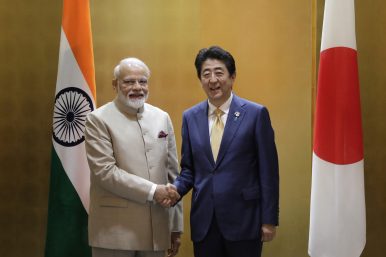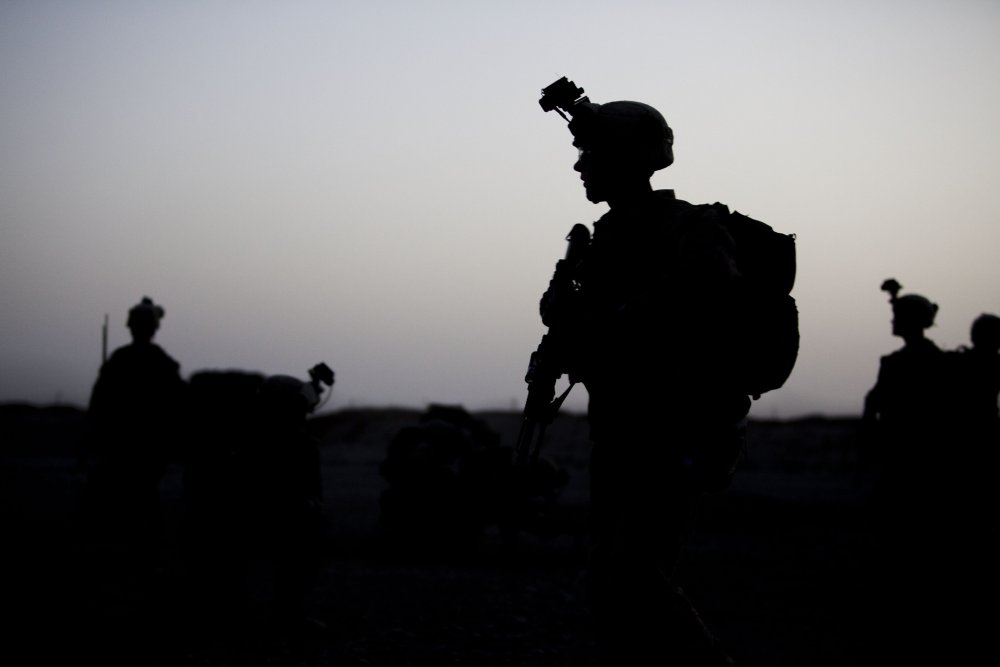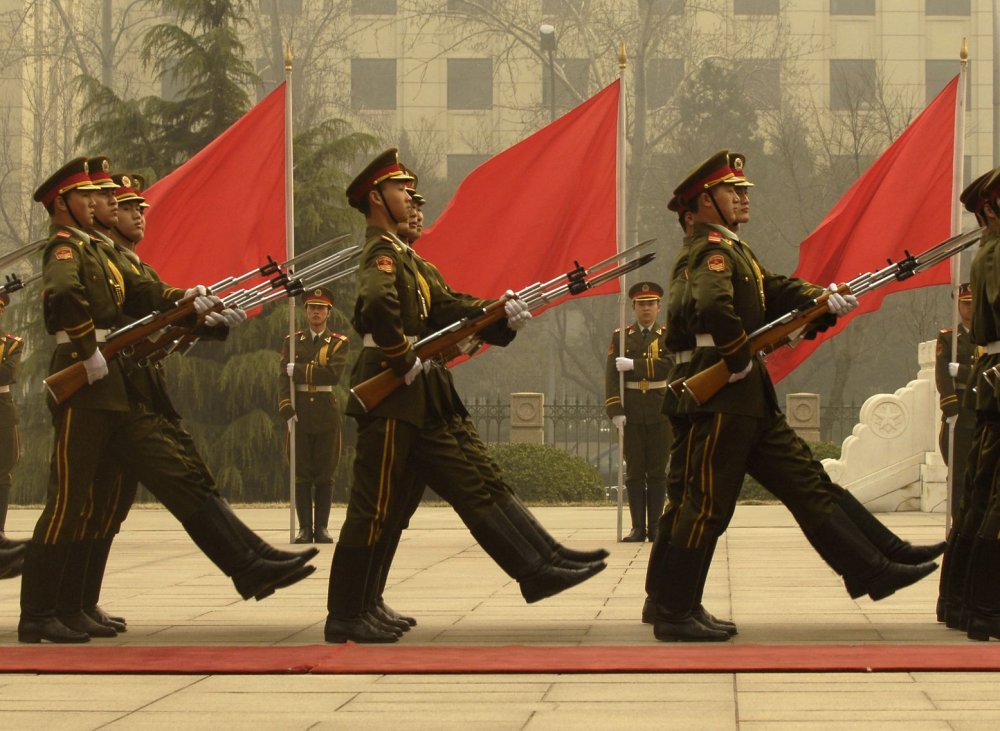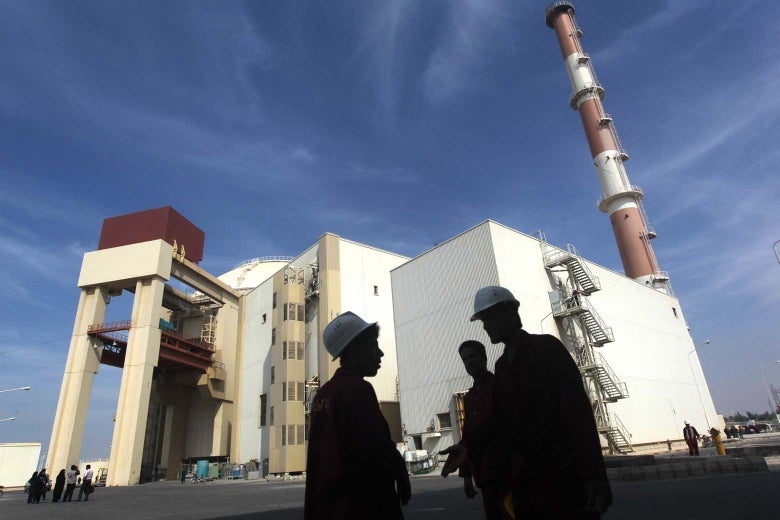Maj Gen P K Mallick, VSM (Retd)
Tonight is the US Open Men’s Finals. By all account Rafa is overwhelming favourite to lift the trophy and win his 19th grand slam tournament. The three time US Open champion Spaniard will play his sixth final at Flushing Meadows. Nadal lost one set in five encounters to advance into the 28th Grand Slam final.
Will it be a repeat of womens finals? Not likely. Though there is a lot of similarity. Rafa is not Serena. Coming to this tournament his preparation is impeccable.
Against Nadal across the net will be Daniil Medvedev, a 6 ft 6 inches tall and gaunt twenty three year old Russian, with a patchy mustache under his long, sharp nose and a scrappy goatee on his chin. His light brown hair is retreating at the temples. He has high cheekbones and hooded eyes, and sometimes wears a faint smirk, although he is capable of appearing angelic. He likes to play video games and chess. He looks more like a professor than like a professional athlete. He acts more like a professional wrestler than like a tennis star.
Daniil Medvedev will be a tired man. He has played more singles tennis matches in the month than anyone on the tour. Medvedev reached three consecutive finals since the start of August, at tournaments in Washington, Toronto and Cincinnati.



/arc-anglerfish-arc2-prod-mco.s3.amazonaws.com/public/XWRQJB47OBHXXAZS7TSCBMNMXA.jpg)











/arc-anglerfish-arc2-prod-mco.s3.amazonaws.com/public/2HBUFT4XNVHZLPOZDFMBHMWLTE.jpg)
/arc-anglerfish-arc2-prod-mco.s3.amazonaws.com/public/RJHXWN4RAZA6BA4ZGWC4GWABRE.jpg)
/arc-anglerfish-arc2-prod-mco.s3.amazonaws.com/public/BHGKYWSEIJCAJMDFTESWYIQIHI.jpg)
